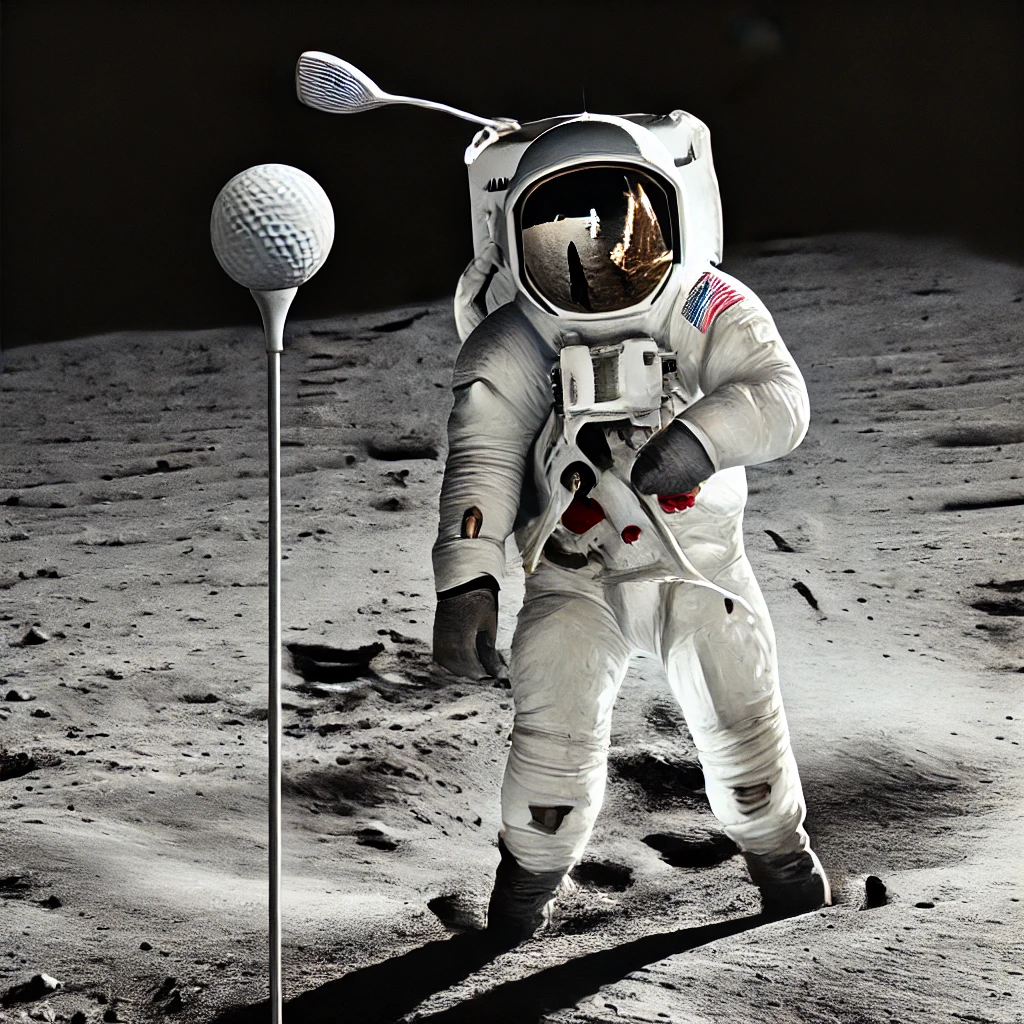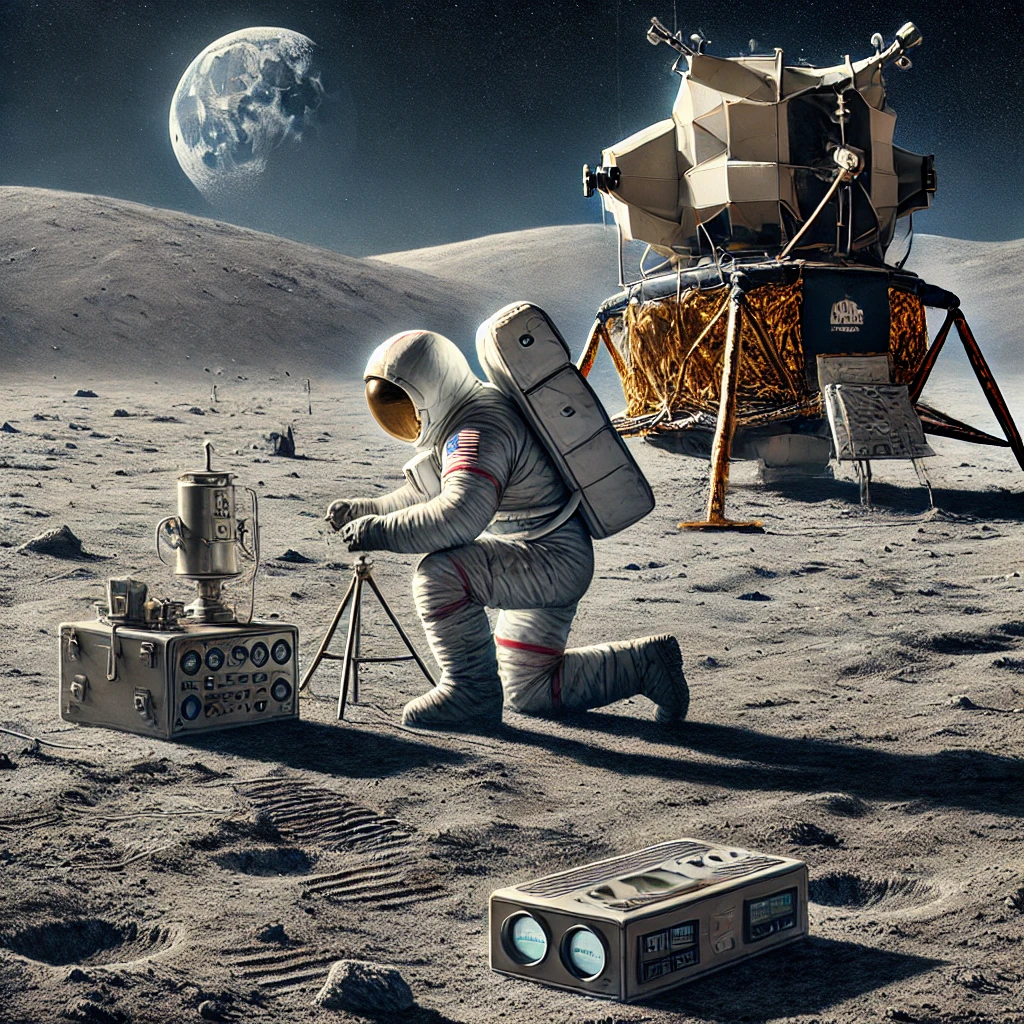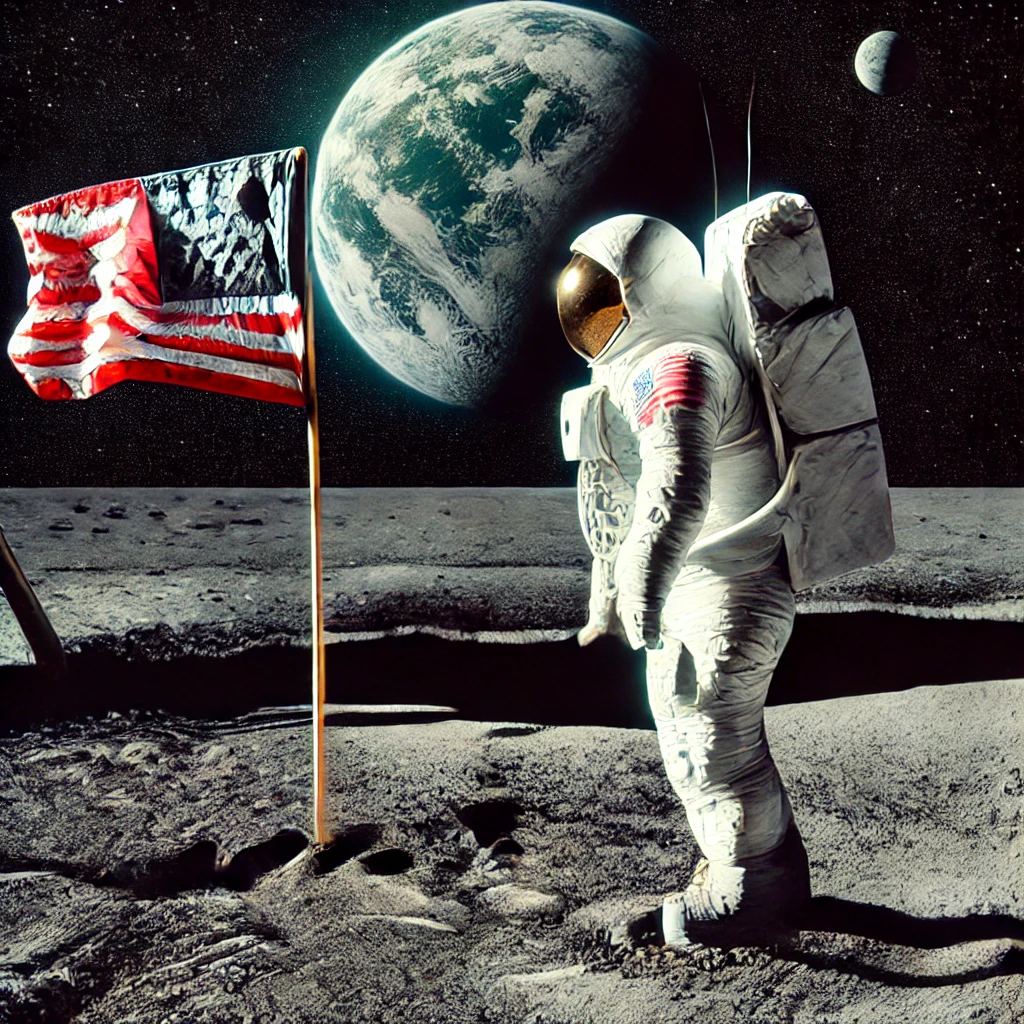On February 5, 1971, astronauts Alan Shepard and Edgar Mitchell of Apollo 14 became the fifth and sixth humans to walk on the Moon, conducting scientific experiments and furthering our understanding of lunar geology. This mission was a crucial step forward in the Apollo program, especially after the near-disastrous Apollo 13 mission. With the goal of exploring the Fra Mauro highlands, Apollo 14 provided valuable insights into lunar geology and the Moon’s formation.

Shepard, who had made history a decade earlier as the first American in space, and Mitchell, a trained scientist, spent over nine hours conducting extravehicular activities (EVAs) on the Moon’s surface. Their mission involved collecting rock samples, deploying scientific instruments, and testing new techniques for lunar exploration. Perhaps most famously, Shepard made history in an unexpected way by hitting two golf balls on the Moon, creating one of the most iconic moments in space history.
A Mission of Scientific Discovery
Apollo 14 was designed to gather essential geological data that would help scientists better understand the Moon’s history. The Fra Mauro highlands, chosen as the landing site, were thought to contain material from an ancient impact event that could offer clues about the Moon’s formation. Shepard and Mitchell collected over 90 pounds of lunar rock and soil samples, many of which were later analyzed to study the Moon’s early history and its connection to Earth.
In addition to collecting samples, the astronauts deployed the Apollo Lunar Surface Experiments Package (ALSEP), which included a seismometer to measure moonquakes, instruments to analyze the Moon’s thin atmosphere, and tools to study solar wind. These experiments provided valuable data that contributed to scientists’ understanding of planetary geology and the Moon’s internal structure.
Overcoming Challenges and Breaking Records

Despite its success, Apollo 14 was not without its challenges. The astronauts struggled with maneuvering the Modular Equipment Transporter (MET), a two-wheeled cart designed to help them transport tools and samples. The rough lunar terrain made it difficult to move the MET efficiently, foreshadowing the need for a lunar rover, which would be introduced on Apollo 15.
Additionally, during their EVA, Shepard and Mitchell attempted to reach the rim of Cone Crater, a geologically significant impact site. However, due to the Moon’s challenging landscape and limited visibility, they were unable to confirm their exact location. Nevertheless, the samples they collected near the crater still provided significant scientific value.
The Lasting Legacy of Apollo 14

Apollo 14 set the stage for future lunar exploration and continues to influence modern space missions. The mission demonstrated the importance of precision landing and the ability of astronauts to conduct detailed geological fieldwork in an extraterrestrial environment. The data collected helped refine our understanding of planetary processes, and the mission’s successes helped NASA develop more advanced tools and techniques for later Apollo missions.
Today, Apollo 14’s legacy lives on as NASA and other space agencies prepare for new lunar missions under programs like Artemis. The lessons learned from Shepard and Mitchell’s time on the Moon continue to inform modern space exploration, reinforcing the importance of scientific research beyond Earth. Their mission was not only a historic achievement but also a stepping stone for humanity’s future in space.
